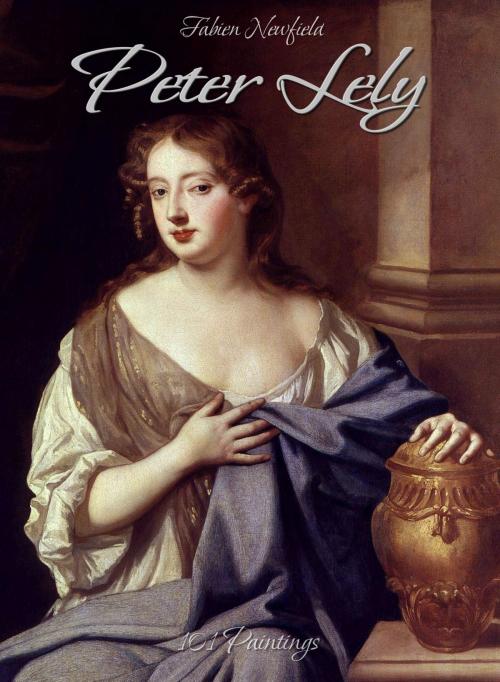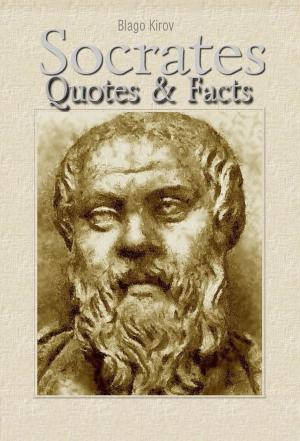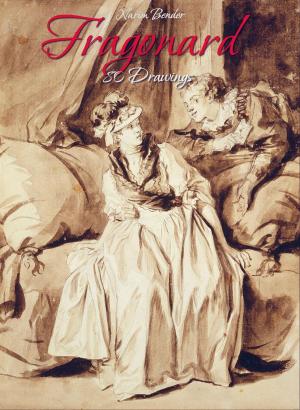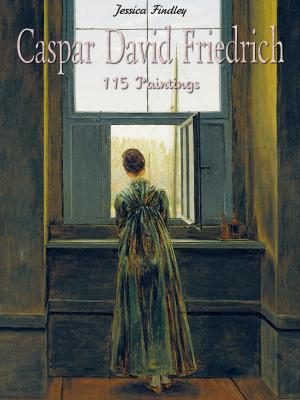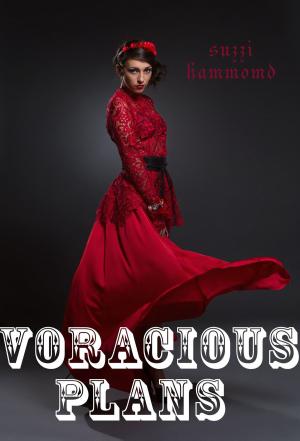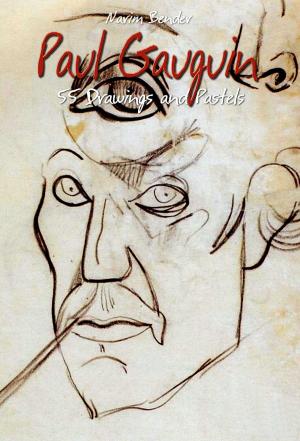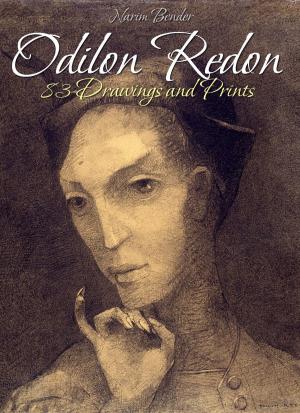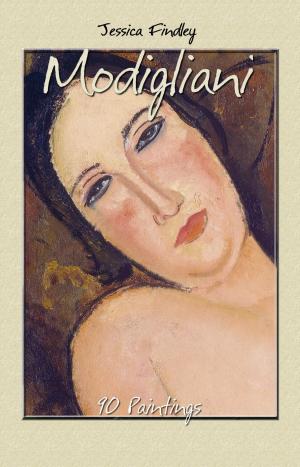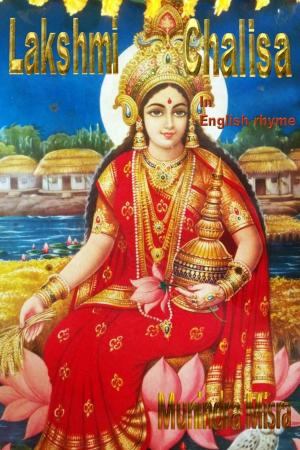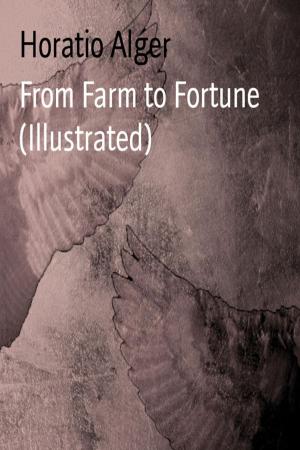| Author: | Fabien Newfield | ISBN: | 9782765908982 |
| Publisher: | Osmora Inc. | Publication: | February 2, 2015 |
| Imprint: | Osmora Inc. | Language: | English |
| Author: | Fabien Newfield |
| ISBN: | 9782765908982 |
| Publisher: | Osmora Inc. |
| Publication: | February 2, 2015 |
| Imprint: | Osmora Inc. |
| Language: | English |
Sir Peter Lely (1618 – 1680) was a painter of Dutch origin, whose career was nearly all spent in England, where he became the dominant portrait painter to the court.
His early English paintings, mainly mythological or religious scenes, or portraits set in a pastoral landscape, show influences from Anthony van Dyck and the Dutch baroque. Lely's portraits were well received, and he succeeded Anthony van Dyck as the most fashionable portrait artist in England. He became a freeman of the Painter-Stainers' Company in 1647 and was portrait artist to Charles I. His talent ensured that his career was not interrupted by Charles's execution, and he served Oliver Cromwell, and Richard Cromwell. After the English Restoration in 1660, Lely was appointed as Charles II's Principal Painter in Ordinary in 1661. Demand was high, and Lely and his large workshop were prolific. After Lely painted a sitter's head, Lely's pupils would often complete the portrait in one of a series of numbered poses. As a result Lely is the first English painter who has left "an enormous mass of work", although the quality of studio pieces is variable. Among his most famous paintings are a series of 10 portraits of ladies from the Royal court, known as the "Windsor Beauties; a similar series for Althorp; a series of 12 of the admirals and captains who fought in the Second Anglo-Dutch War, known as the "Flagmen of Lowestoft"; and his Susannah and the Elders at Burghley House. His most famous non-portrait work is probably Nymphs by a fountain.
Sir Peter Lely (1618 – 1680) was a painter of Dutch origin, whose career was nearly all spent in England, where he became the dominant portrait painter to the court.
His early English paintings, mainly mythological or religious scenes, or portraits set in a pastoral landscape, show influences from Anthony van Dyck and the Dutch baroque. Lely's portraits were well received, and he succeeded Anthony van Dyck as the most fashionable portrait artist in England. He became a freeman of the Painter-Stainers' Company in 1647 and was portrait artist to Charles I. His talent ensured that his career was not interrupted by Charles's execution, and he served Oliver Cromwell, and Richard Cromwell. After the English Restoration in 1660, Lely was appointed as Charles II's Principal Painter in Ordinary in 1661. Demand was high, and Lely and his large workshop were prolific. After Lely painted a sitter's head, Lely's pupils would often complete the portrait in one of a series of numbered poses. As a result Lely is the first English painter who has left "an enormous mass of work", although the quality of studio pieces is variable. Among his most famous paintings are a series of 10 portraits of ladies from the Royal court, known as the "Windsor Beauties; a similar series for Althorp; a series of 12 of the admirals and captains who fought in the Second Anglo-Dutch War, known as the "Flagmen of Lowestoft"; and his Susannah and the Elders at Burghley House. His most famous non-portrait work is probably Nymphs by a fountain.
